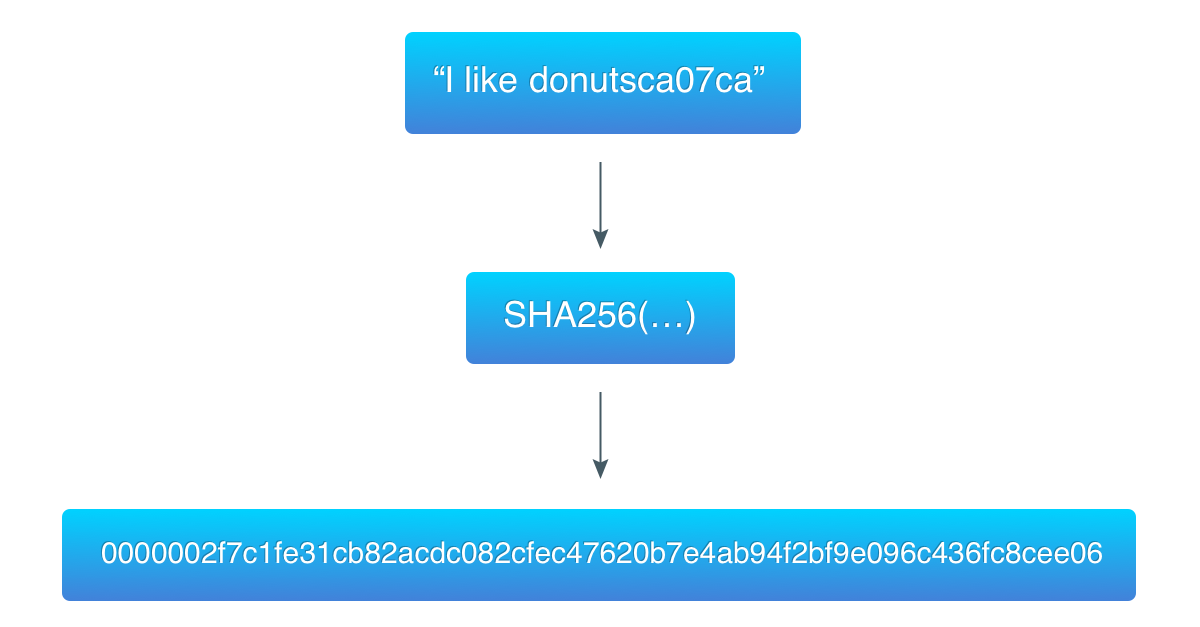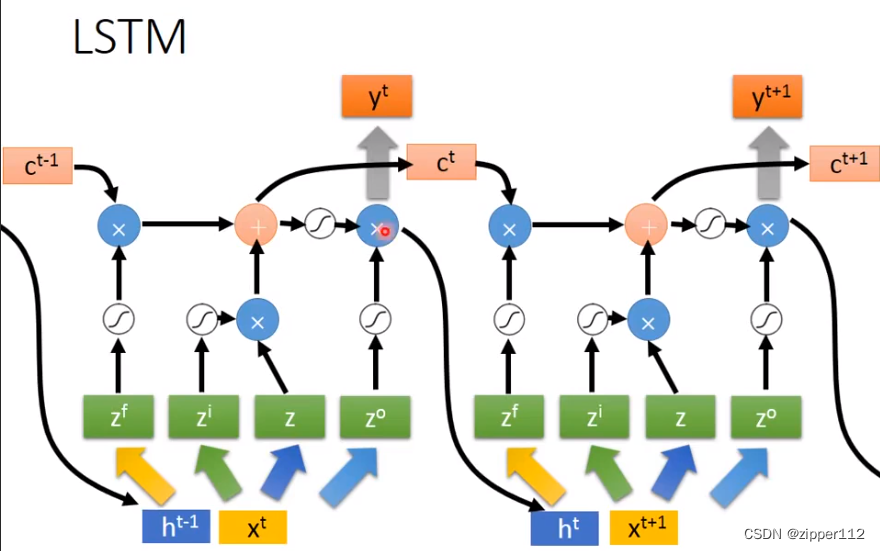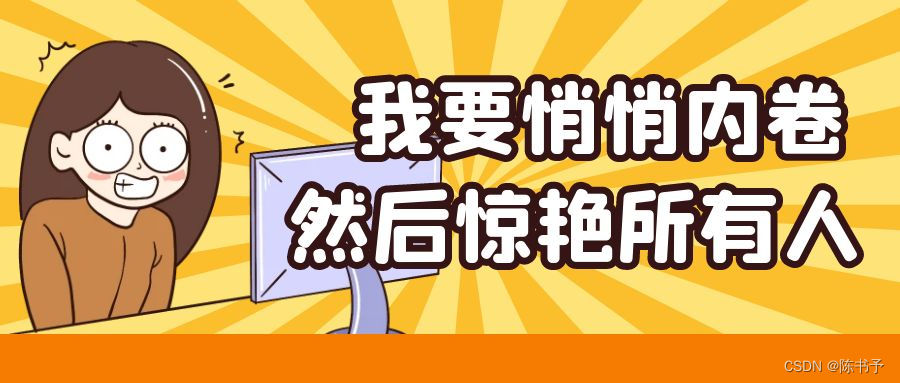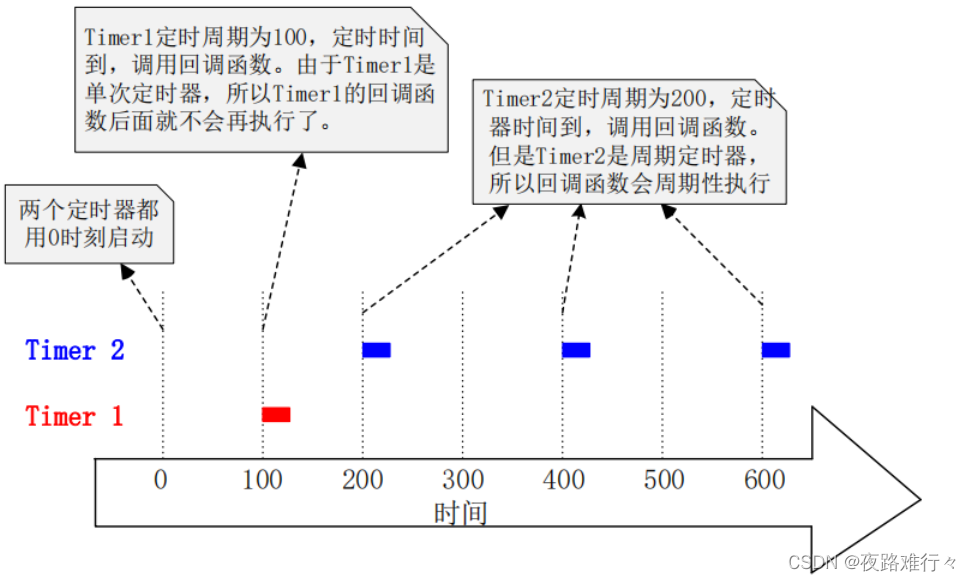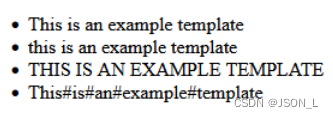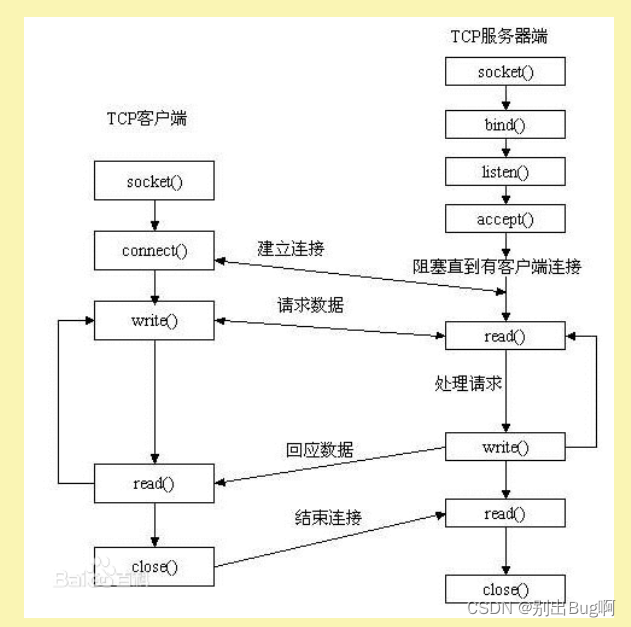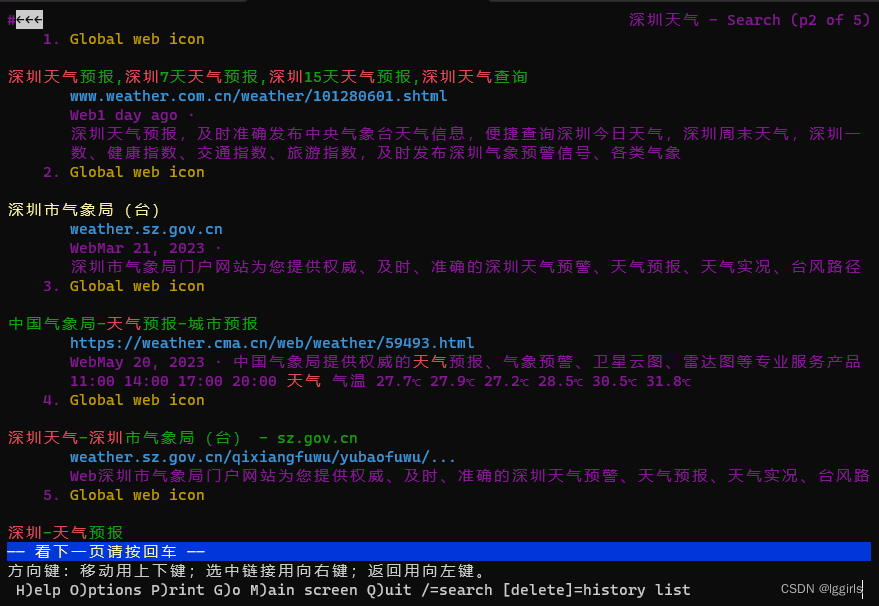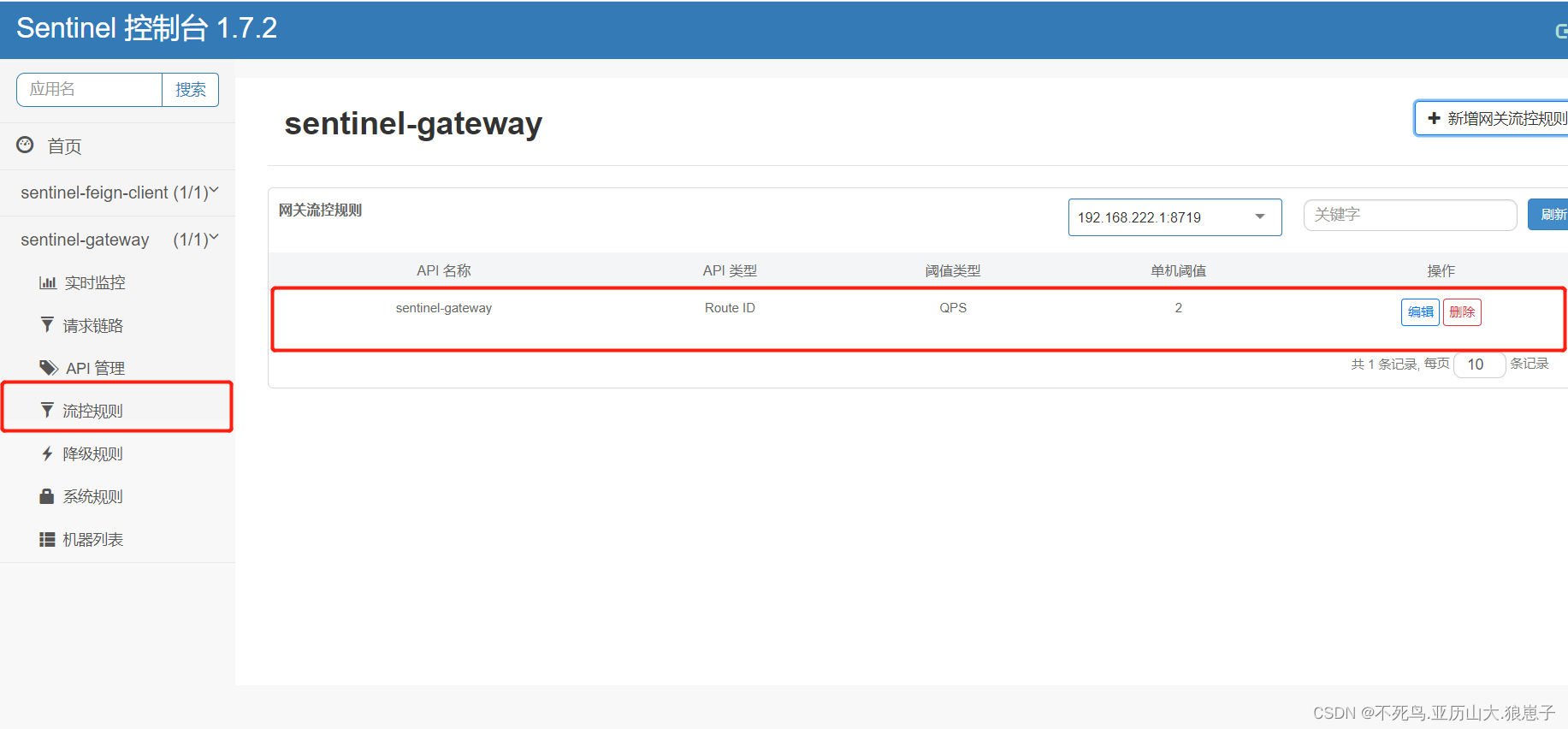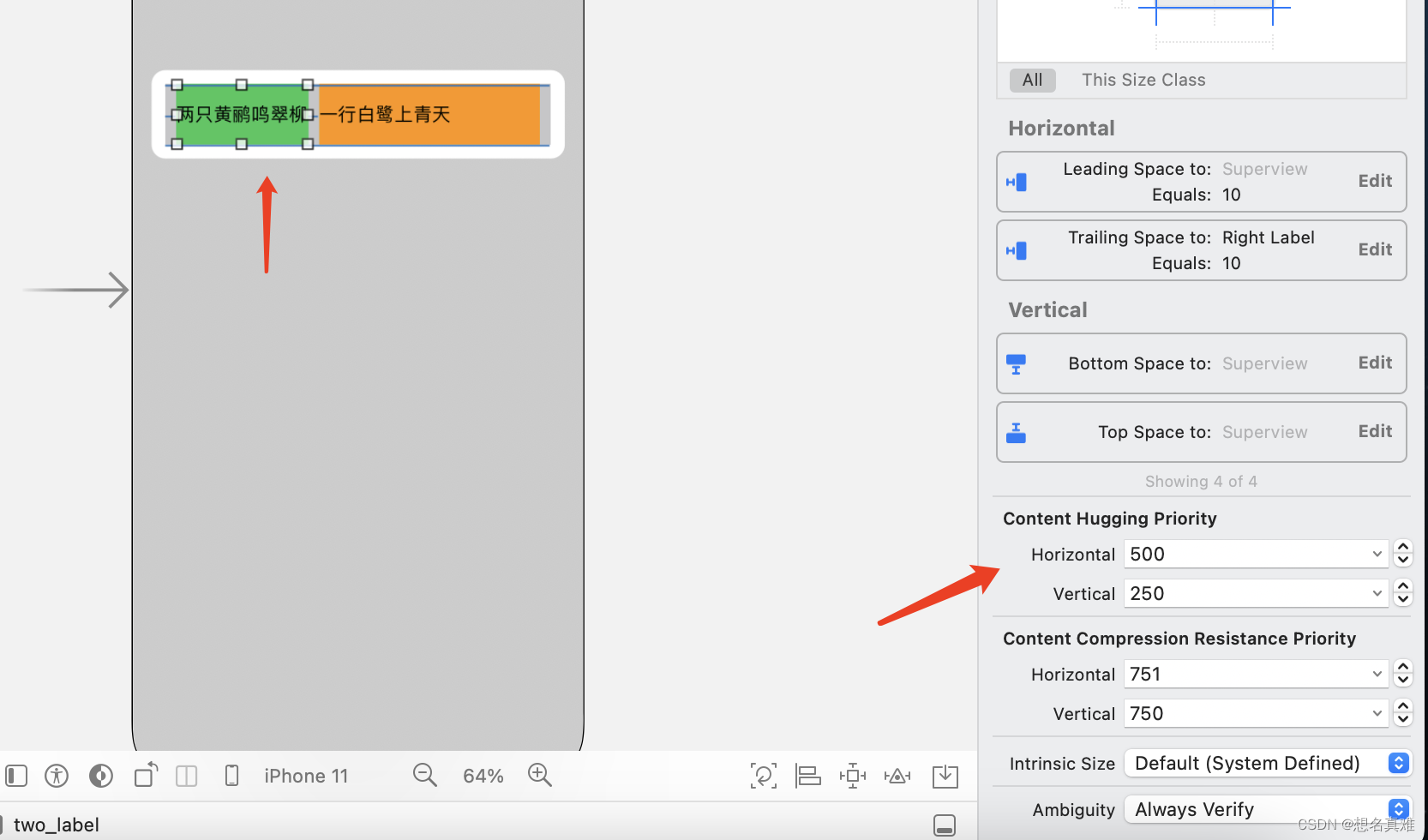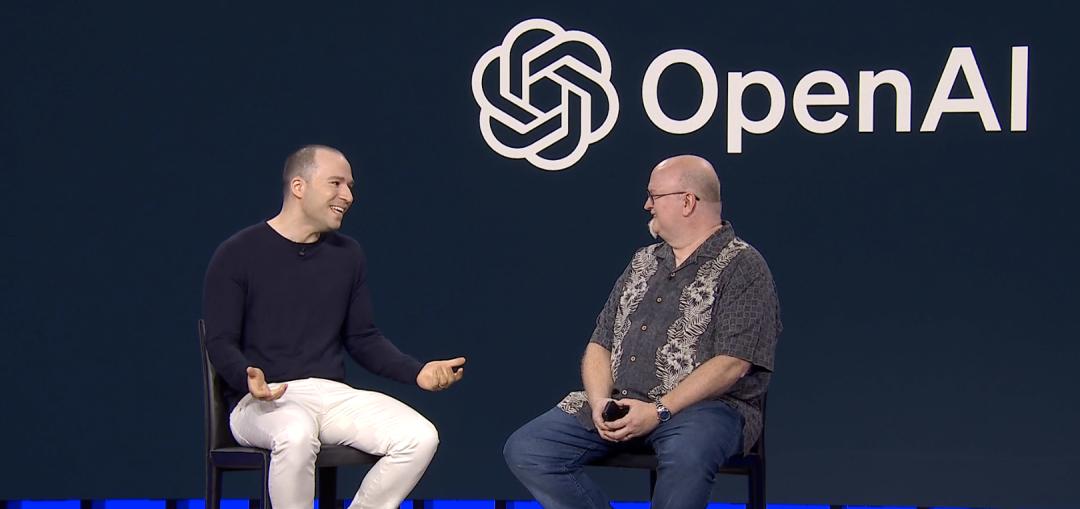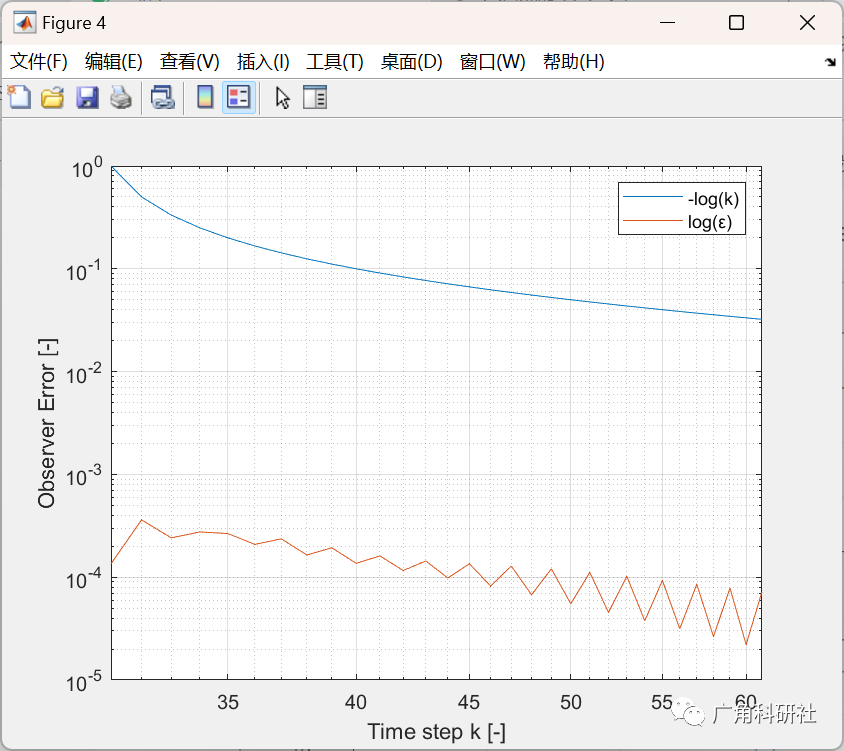📃个人主页:个人主页
🔥系列专栏:JAVASE基础
目录
1.Stream流的概述
2.Stream流的获取
3.Stream流的常用方法
1.Stream流的概述
什么是Stream流?
- 在Java 8中,得益于Lambda所带来的函数式编程, 引入了一个全新的Stream流概念。
- 目的:用于简化集合和数组操作的API。

Stream流思想
Stream流式思想的核心:
- 先得到集合或者数组的Stream流(就是一根传送带)
- 把元素放上去
- 然后就用这个Stream流简化的API来方便的操作元素。
体验Stream流的作用
假设我们有一个Person类,其中包含属性name和age。我们有一个List<Person>对象,现在我们要使用Java Stream流来过滤出其中年龄大于18岁的人的名字。
public class Main {
public static void main(String[] args) {
List<Person> people = new ArrayList<>();
people.add(new Person("Mike", 20));
people.add(new Person("John", 17));
people.add(new Person("Lucy", 25));
people.stream().filter(p -> p.getAge() > 18).forEach((s-> System.out.println(s.getName())));
}
}输出:
Mike
Lucy2.Stream流的获取
Stream操作集合或者数组的第一步是先得到Stream流,然后才能使用流的功能。
集合获取Stream流的方式
可以使用Collection接口中的默认方法stream()生成流
| 名称 | 说明 |
| default Stream<E> stream() | 获取当前集合对象的Stream流 |
public class Main {
public static void main(String[] args) {
//----------------- Collection集合获取流------------------------
Collection<String> list = new ArrayList<>();
Stream<String> stream = list.stream();
//----------------- Map集合获取流------------------------
HashMap<String,Integer> map = new HashMap<>();
//键流
Stream<String> keyStream = map.keySet().stream();
//值流
Stream<Integer> valueStream = map.values().stream();
//键值对流(拿整体)
Stream<Map.Entry<String, Integer>> entryStream = map.entrySet().stream();
}
}
数组获取Stream流的方式
| 名称 | 说明 |
| public static <T> Stream<T> stream(T[] array) | 获取当前数组的Stream流 |
| public static<T> Stream<T> of(T... values) | 获取当前数组/可变数据的Stream流 |
public static void main(String[] args) {
String[] names=["热爱","编程的","小白白"];
Stream<String> stream = Arrays.stream(names);
Stream<String> stringStream = Stream.of(names);
}Stream流有三类方法:
-
Intermediate(中间操作):对数据进行处理和转换,返回一个新的Stream对象,可以链式操作。包括常用的map、filter、distinct等方法。
-
Terminal(终止操作):对Stream流进行聚合或收集操作,触发执行计算并返回结果。包括常用的forEach、reduce、collect等方法。
-
Short-circuiting(短路操作):在满足一定条件时可以提前结束Stream流的操作。包括常用的anyMatch、allMatch、noneMatch等方法。
3.Stream流的常用方法
collect():将流中的元素收集到一个容器中。
List<String> words = Arrays.asList("hello", "world", "java", "stream", "api");
Set<String> wordSet = words.stream().collect(Collectors.toSet());
System.out.println(wordSet);上述代码中,我们定义了一个包含字符串的List,使用Stream的collect()方法对其进行收集操作,将其结果保存在Set集合中,去除重复元素,最终将结果保存在wordSet的Set集合中,并打印输出。
Stream流的常用API中间操作方法包括:
1.filter():根据指定的条件过滤元素。
List<Integer> list = Arrays.asList(1, 2, 3, 4, 5, 6);
List<Integer> result = list.stream().filter(num -> num % 2 == 0).collect(Collectors.toList());
System.out.println(result);上述代码中,我们定义了一个包含整数的List,并使用Stream的filter()方法对其进行过滤,只保留其中的偶数,最终将结果保存在result的List中,并打印输出。
2.distinct():根据元素的 hashCode() 和 equals() 方法去重。
List<String> words = Arrays.asList("hello", "world", "hello", "java", "world");
List<String> uniqueWords = words.stream().distinct().collect(Collectors.toList());
System.out.println(uniqueWords);上述代码中,我们定义了一个包含字符串的List,使用Stream的distinct()方法对其进行去重操作,最终将结果保存在uniqueWords的List中,并打印输出。
3.limit():限制元素数量。
List<String> words = Arrays.asList("hello", "world", "java", "stream", "api");
List<String> limitedWords = words.stream().limit(3).collect(Collectors.toList());
System.out.println(limitedWords);上述代码中,我们定义了一个包含字符串的List,使用Stream的limit()方法对其进行限制操作,只保留前3个元素,最终将结果保存在limitedWords的List中,并打印输出。
4.skip():跳过指定数量的元素。
List<String> words = Arrays.asList("hello", "world", "java", "stream", "api");
List<String> skippedWords = words.stream().skip(2).collect(Collectors.toList());
System.out.println(skippedWords);上述代码中,我们定义了一个包含字符串的List,使用Stream的skip()方法对其进行跳过操作,跳过前2个元素,只保留后面的元素,最终将结果保存在skippedWords的List中,并打印输出。
5.concat():合并a和b两个流为一个流
Stream<String> stream1 = Stream.of("Java", "is", "cool");
Stream<String> stream2 = Stream.of(" and", "fun", "too!");
Stream<String> resultStream = Stream.concat(stream1, stream2);
resultStream.forEach(System.out::print); // Output: Java is cool and fun too!在这个例子中,我们首先创建两个字符串流 stream1 和 stream2,并使用 concat() 方法将它们连接在一起,形成一个新的流 resultStream。最后,我们遍历新的流,并将结果输出到控制台。
总之,Stream.concat() 方法可以将两个流连接为一个流,以便进行进一步的操作。
注意:
- 中间方法也称为非终结方法,调用完成后返回新的Stream流可以继续使用,支持链式编程。
- 在Stream流中无法直接修改集合、数组中的数据。
Stream流的常见终结操作方法:
1.forEach() 对此流的每个元素执行遍历操作
List<Integer> numbers = Arrays.asList(1, 2, 3, 4, 5);
numbers.stream().forEach(n -> System.out.println(n));2.count() 返回此流中的元素数
List<Integer> numbers = Arrays.asList(1, 2, 3, 4, 5);
long count = numbers.stream().count();
System.out.println("Count: " + count);注意:终结操作方法,调用完成后流就无法继续使用了,原因是不会返回Stream了。
收集Stream流:
收集Stream流的含义:就是把Stream流操作后的结果数据转回到集合或者数组中去。
- Stream流:方便操作集合/数组的手段。
- 集合/数组:才是开发中的目的。
Stream流的收集方法:
| 名称 | 说明 |
| R collect(Collector collector) | 开始收集Stream流,指定收集器 |
Collectors工具类提供了具体的收集方式:
| 名称 | 说明 |
| public static <T> Collector toList() | 把元素收集到List集合中 |
| public static <T> Collector toSet() | 把元素收集到Set集合中 |
| public static Collector toMap(Function keyMapper , Function valueMapper) | 把元素收集到Map集合中 |
上面案例有使用过,所以就不举例子了....
